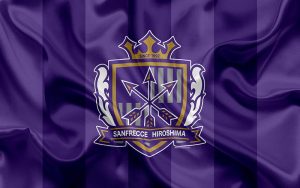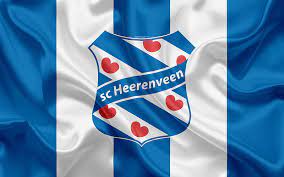The Copa Libertadores is more than just a football tournament; it is a vibrant tapestry woven with rich history, intense rivalry, and unparalleled passion that showcases the very essence of South American football. Established in 1960, this prestigious continental championship has evolved into a symbol of national pride for clubs across the continent, where dreams are chased, legends are born, and glory is destined to be claimed by only the best. With its dramatic matches, fierce competition, and electric atmosphere, the Copa Libertadores holds a revered place in the hearts of millions VIPwin.
The Historical Significance of Copa Libertadores
The history of the Copa Libertadores is a compelling narrative filled with triumphs, heartbreaks, and evolving dynamics in the world of South American football. Understanding the historical context of this tournament provides insight into its significance and the emotions attached to it.
The Birth of a Continental Champion
The inception of the Copa Libertadores can be traced back to the early 1960s when South America sought to establish a cohesive tournament that would unite clubs from various countries. The idea was spearheaded by the South American Football Confederation (CONMEBOL), which sought to create a platform for teams to compete at the highest level.
At its core, the Copa Libertadores aimed to elevate the status of club football in South America, drawing inspiration from Europe’s European Cup. The inaugural tournament in 1960 saw Peñarol of Uruguay claiming the first title, setting the stage for an enduring legacy.
This initial victory sparked a passionate rivalry among clubs, laying the foundation for the emotional intensity that defines the tournament today. Each subsequent year added layers of stories that shaped the identity of the Copa Libertadores and its participating teams.
Evolution Through the Decades
Over the years, the format and structure of the Copa Libertadores have transformed significantly. Initially, the tournament featured a straightforward knockout phase, but as clubs recognized the importance of international competition, the need for a broader framework emerged. In the late 1990s, group stages and multiple rounds were introduced, allowing for greater participation and increased excitement.
The establishment of monetary incentives also changed the landscape, as clubs began investing heavily in their squads to compete on a global scale. This influx of talent resulted in memorable moments, such as River Plate’s dramatic victories and Boca Juniors’ clash against archrivals, which became defining moments etched in football folklore.
As we reflect on the evolution of the Copa Libertadores, it’s evident that it has not merely served as a competition but has become a vital force in the development of South American football.
Cultural Impact and Legacy
The cultural impact of the Copa Libertadores transcends sports; it reverberates through music, art, and societal narratives. The tournament often acts as a battleground for national pride, where clubs represent their cities and countries on an international stage. The intoxicating atmosphere in stadiums, fueled by passionate fans, creates an ambiance unlike any other sporting event.
From the chants echoing in the stands to the elaborate tifos that tell stories of struggle and success, the “Copa” embodies the spirit of the people. It has given rise to numerous songs, films, and documentaries celebrating the fervor that surrounds the tournament.
Moreover, the Copa Libertadores has played a crucial role in bridging divides, uniting people regardless of socioeconomic backgrounds. Whether you’re in a posh neighborhood or a humble village, the love for one’s team during the tournament cuts across all barriers, emphasizing the universal language of football.





